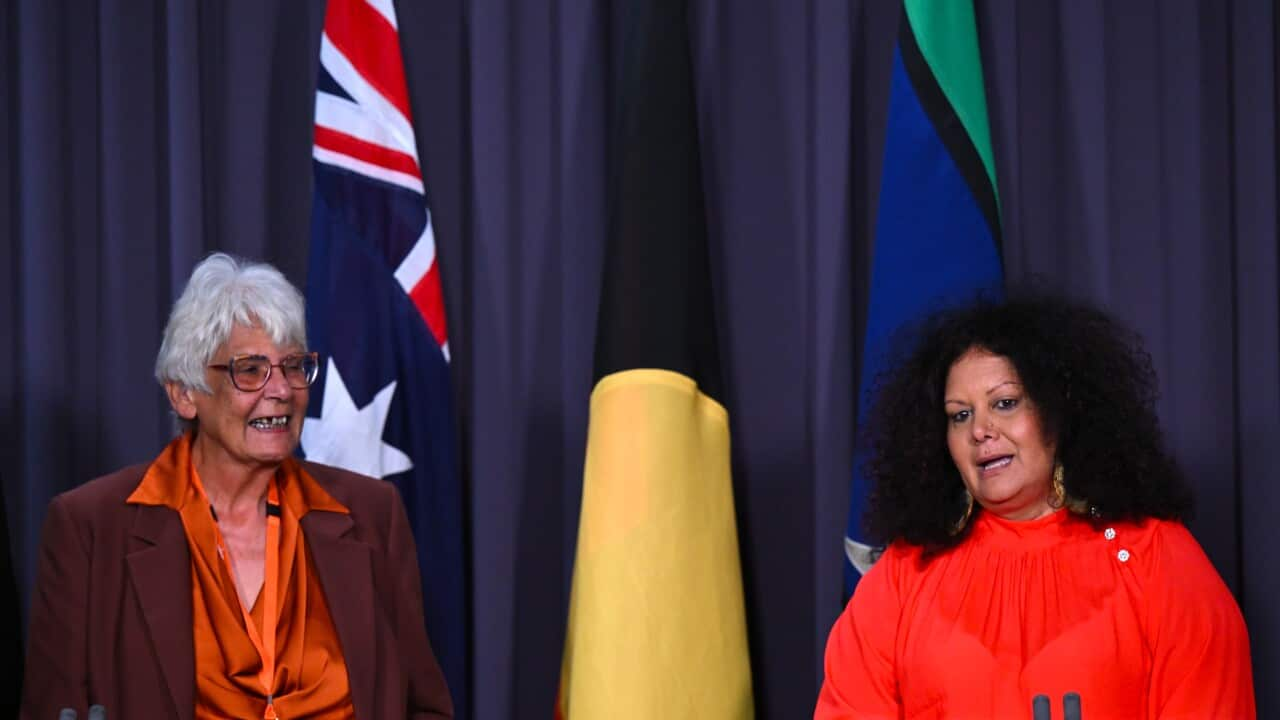Published in partnership with the Victorian Aboriginal Community Controlled Health Organisation (VACCHO), the report warns that up to $150 million will be needed over the next decade to replace significantly deteriorating facilities.
In addition, $30 million in annual funding is required for the next five years to maintain and repair the existing buildings that are integral to Aboriginal Community-Controlled Organisations (ACCOs).
State of Disrepair Threatens Services
Painting a grim image of the current state of ACCO health facilities, the report highlighted that 82% of the buildings are in critical need of replacement or major repairs within the next 15 years.
Alarmingly, it found that more than half of the infrastructure is already at the end of its useful life, and many buildings are facing severe structural issues.
The report revealed that some of the urgent repairs included buildings with leaking ceilings, cracked walls, and floors that could be at risk of collapsing.
It comes as Studies found health programs run by ACCOs had a 50 per cent greater positive impact on the health of Indigenous people, compared to the same programs run by non-Indigenous providers.
VACCHO chief executive Dr Jill Gallagher emphasised the vital role ACCOs play in delivering culturally appropriate healthcare to Indigenous communities, providing a range of essential services from chronic disease management to mental health support.
Ms Gallagher told NITV that the report highlights how these organisations are struggling to operate in unsafe and outdated buildings, with many forced to make do with facilities that are unsuitable for their needs.
“We need to ensure governments take notice of this report … Infrastructure Victoria are the experts, so if governments cant listen to our voice alone, listen to Infrastructure Victoria and implement the recommendations,” Ms Gallagher said.
Cultural Safety a Major Concern
The report also shines a light on the concern of cultural safety, revealing that 98% of ACCO buildings are considered culturally unsafe for providing health services to Indigenous people.
As a result, staff and clients reportedly often face uncomfortable and unsafe conditions.
One example cited in the report describes women having to undergo pelvic exams in cramped, uncomfortable rooms, highlighting the pressing need for facilities designed to meet the cultural and health needs of Aboriginal communities.
Ms Gallagher said the issue extends beyond comfort, and called for First Nations People to have access to spaces where they feel safe when seeking care.
She said it was a priority that First Nations People had access to these services, labelling them as ‘vital’.
“If we don’t listen to the recommendations in the report, we will have a lot more Aboriginal Community Controlled Organisations in a state where no repair is going to help.
"But if we get on top of it we can help prevent that deterioration and maintain the level of standards that any mainstream service operates in today,” Ms Gallagher told NITV News.
Urgent Government Action
Calling on the government to take immediate and urgent action, the report proposes three key recommendations: an urgent $150 million investment to replace or upgrade facilities, $30 million annually for minor repairs, and up to $6 million each year to help ACCOs build the capacity to manage their own infrastructure projects.
But the government is yet to commit to funding these infrastructure needs, with no sign of them in the upcoming budget.
“If we don’t invest in this infrastructure, there is going to be a lot more poverty in our First Nations Communities in what is a rich country … And Australian governments should be ashamed,” Ms Gallagher said.
A Model That Works—But Needs Better Support
While the infrastructure challenges are significant, the report also highlights the success of the ACCO model.
This model, which combines healthcare with cultural support, has been key to improving health outcomes in Aboriginal communities.
However, without the right infrastructure, these successes are at risk.
Ms Gallagher told NITV that beyond providing critical health and wellbeing services, ACCHO’s were key drivers in closing the gap targets.
“If we don’t invest in the infrastructure of the Aboriginal Community Controlled area, we are not going to close that gap, no matter what you say,” Ms Gallagher said.







